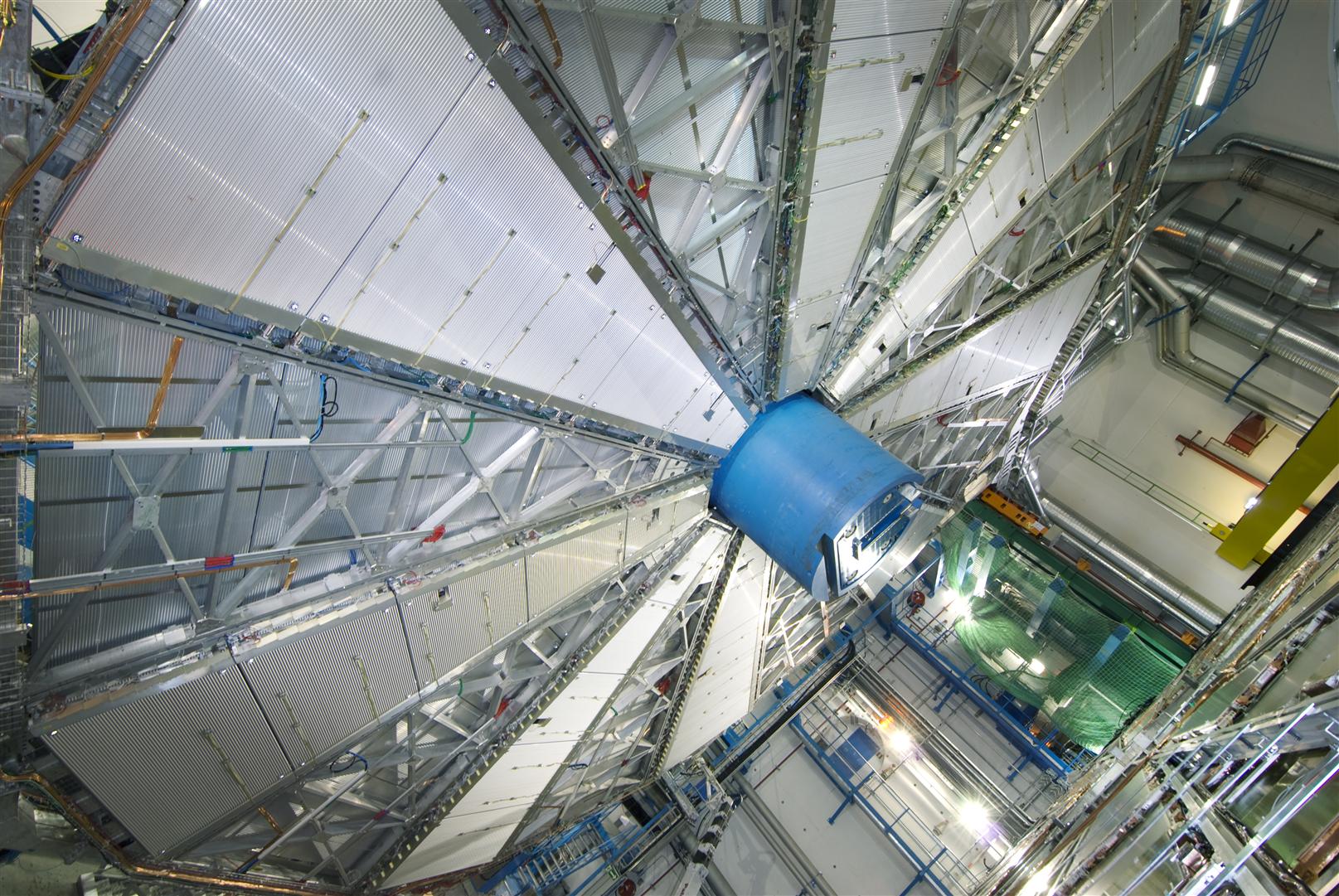Spring awakening for the ATLAS experiment
24 March 2016 | By
This morning the Large Hadron Collider (LHC) circulated the first proton-proton beams of 2016 around its 27 kilometre circumference. The beams were met with great enthusiasm in the ATLAS Control Centre as they passed through the ATLAS experiment.
These beams mark the start of an exciting new period for ATLAS and other CERN experiments. Having seen tantalising but still inconclusive signals in 2015, ATLAS physicists around the world are eagerly awaiting new data to analyse.
The start of a new run also means the conclusion of a maintenance period, known as the Year-End-Technical-Stop (YETS). This 3 month-long upkeep is vital for the health and well-being of the detectors, ensuring that ATLAS can function impeccably for the 9 straight months of operation that follow.

“This is a normal period of maintenance that happens yearly,” says Michel Raymond, ATLAS Deputy Technical Coordinator. “At ATLAS we use this time to repair and consolidate the detectors first, but also all the infrastructure around that allows us to run the detector.”
But before their work can begin, there is a lot preparation needed. Although located in an enormous 52,500 m3 cavern, the ATLAS experiment fills that space nearly to the brink. Whatever room is left over is devoted to the cabling and cooling infrastructure that keeps the experiment running. “You cannot just go in and start working on a detector element,” says Raymond. “We first need to move the shielding and cabling to get the experiment into a configuration where the requested detector is accessible.”
Moving these elements is called “opening” the detector and can take at least 3 weeks. The ATLAS teams have to go slowly and carefully, as they are moving fragile equipment that can weigh anywhere between 100 to 1000 tonnes.
Once the detector elements are accessible, the teams have only a few weeks to get to work before they need to start closing the detector back up. “Every hour in the cavern is precious,” says Raymond. “We prioritise in advance what operations are the most important, and which can wait for next maintenance period.”

During this YETS period, the main priority was the repair of ATLAS’ end-cap magnet bellows. These bellows protect the integrity of the vacuum surrounding ATLAS cooling elements, and are essential for keeping the magnet system cool. They were damaged during a previous maintenance period though continued to work adequately throughout 2015. The damage was successfully repaired during this recent shutdown.
“After that, we took action on the detector elements, repairing wear-and-tear damage,” says Raymond. “There was a lot of work needed on the muon chambers and the Tile Calorimeters, replacing faulty electronic elements; and a number of gas connections had to be replaced on both sides of the experiment, to avoid leaks.”
With the work now complete and beams running through the LHC, most of the ATLAS Collaboration has turned their focus to the data. However Michel and his colleagues continue to look forward to their next trip underground. “We’re always planning ahead, thinking about the next shutdown and the ones after that,” concludes Raymond.



